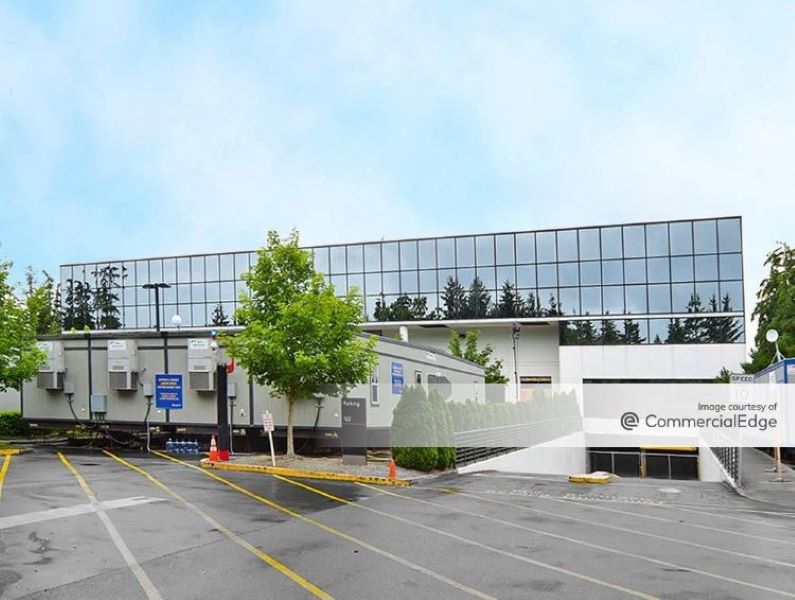Freddie Mac & Fannie Mae: Evolving the American Dream
Owning a home is no longer foundational to the American Dream. Enter, the GSEs.
 By Frank Lutz, Senior Vice President, Berkadia
By Frank Lutz, Senior Vice President, Berkadia
Owning a home is no longer foundational to the American Dream. The first housing census was conducted in 1940, and in just 60 years, median home values adjusted for inflation nearly quadrupled. With that type of price tag, the 21st century version of the American Dream has evolved, and there are many more people for whom homeownership doesn’t make sense—and factors like a transient job situation don’t help. For these individuals, well-maintained rental housing options can provide the same clean and safe comforts that homeownership affords. This housing, whether subsidized or not, is basically the affordable option in America, and the agencies—Freddie Mac and Fannie Mae—play a major role in supporting it by making sure liquidity for financing is always abundant.
In 2015, Freddie Mac and Fannie Mae both had banner years, increasing volume by 60 percent and 46 percent, respectively. In part, 2015 momentum was generated by the strong demand for loans in the multifamily sector, and many find themselves asking if the agencies can expect to see a similar flurry of activity in 2016. First, however, one must answer why the liquidity of these agencies is so critical. They help:
- Incent the development of new rental housing properties: It’s important for construction lenders to know that the agencies are there to provide take-out financing, and for owners and investors to know they have solid longer-term financing options available post-construction, which similarly helps incent new development.
- Support existing, older apartment properties: Oftentimes, owners and investors of older properties look to elevate the quality of the property with some level of new capital improvement. This improvement, which might not otherwise occur without the abundant liquidity provided by the agencies, is an important factor in helping to preserve existing rental housing properties for people to enjoy.
The FHFA’s action to increase Freddie Mac’s and Fannie Mae’s capped business in 2016, although only a slight move from $30 billion to $31 billion, shows support and a level of understanding about the agencies’ value. Furthermore, the increased number of exclusions and formal built-in ability to expand the caps, if necessary, reiterates the federal regulator’s acknowledgement of the agencies’ important role in the rental housing market.
While the American Dream for 2016 has changed, by no means does that imply that it’s deteriorating. In an era of uber convenience, it was only a matter of time before the commercial real estate industry started experiencing the impact and Americans began tapping into the rental housing market.







You must be logged in to post a comment.